Artichokes get along well with most other plants, but their impressive size can make it difficult to determine what and how to plant around them. Depending on the variety, artichoke plants can reach four to six feet tall and wide, casting shade and crowding out anything growing too close. But artichokes do appreciate companions, and they offer benefits themselves. Their shade can extend the growing season of cool-weather crops, and when left to blossom, their flowers attract pollinators and other beneficial insects.
The best companion plants for artichokes share similar growing requirements and provide benefits like fixing nitrogen, repelling pests, or attracting beneficial insects. Artichokes thrive in loose, fertile, well-drained soil and full sunlight and require frequent watering to maintain moist, but not wet, soil.

Best Companion Plants for Artichokes

A quick note of clarification: Artichokes (Cynara scolymus) are sometimes confused, in name, with Jerusalem artichokes (Helianthus tuberosus), which are not technically artichokes at all. While artichokes are grown for their edible flower buds, Jerusalem artichokes, actually a type of sunflower, produce edible tubers.
The following plants either benefit from or provide benefits to artichokes and can be planted nearby. Always keep in mind the wide girth of artichoke plants, and place any companion plants far enough away to accommodate their large size.
1. Arugula

Although arugula requires full sun in cooler temperatures, a bit of cooling shade can extend the growing season as the weather gets hot. As artichoke plants grow, they provide this shade. The shallow roots of arugula won’t compete with deeper artichoke roots for space or nutrients, and as long as they’re planted far enough apart, the above-ground portions of the plants won’t crowd each other out either.
Get non-GMO Arugula seeds from Amazon.
2. Asparagus

For a perennial vegetable garden, consider planting alternating rows of artichokes and asparagus, leaving a couple of feet between each row to accommodate the mature size of each plant. Both being tall plants, they won’t shade each other, and they share similar growing requirements. Plus, the feathery foliage of asparagus looks beautiful against large artichoke leaves and any flowers left to blossom.
Here’s a quick guide to growing asparagus.
3. Basil
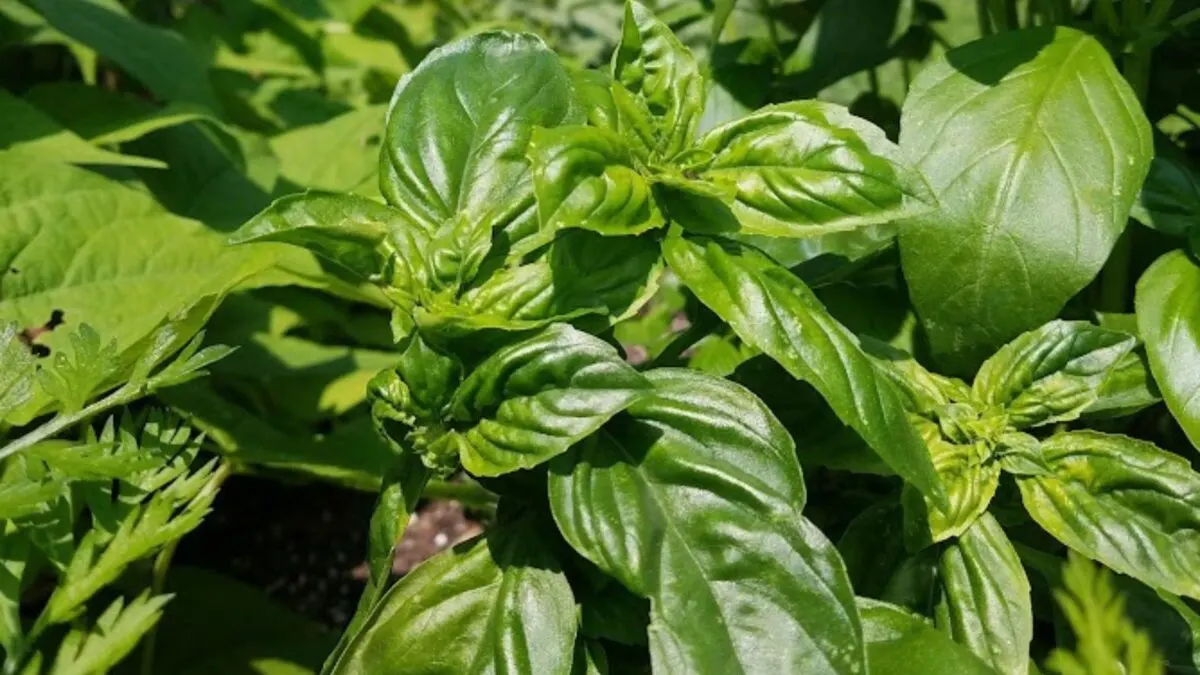
Basil also shares growing needs with artichokes, and this strongly scented herb deters many insect pests that might otherwise munch on the artichokes. Allowed to bloom, basil will attract beneficial insects as well. For a garden that is as beautiful as it is functional, plant purple basil alongside artichokes.
4. Borage
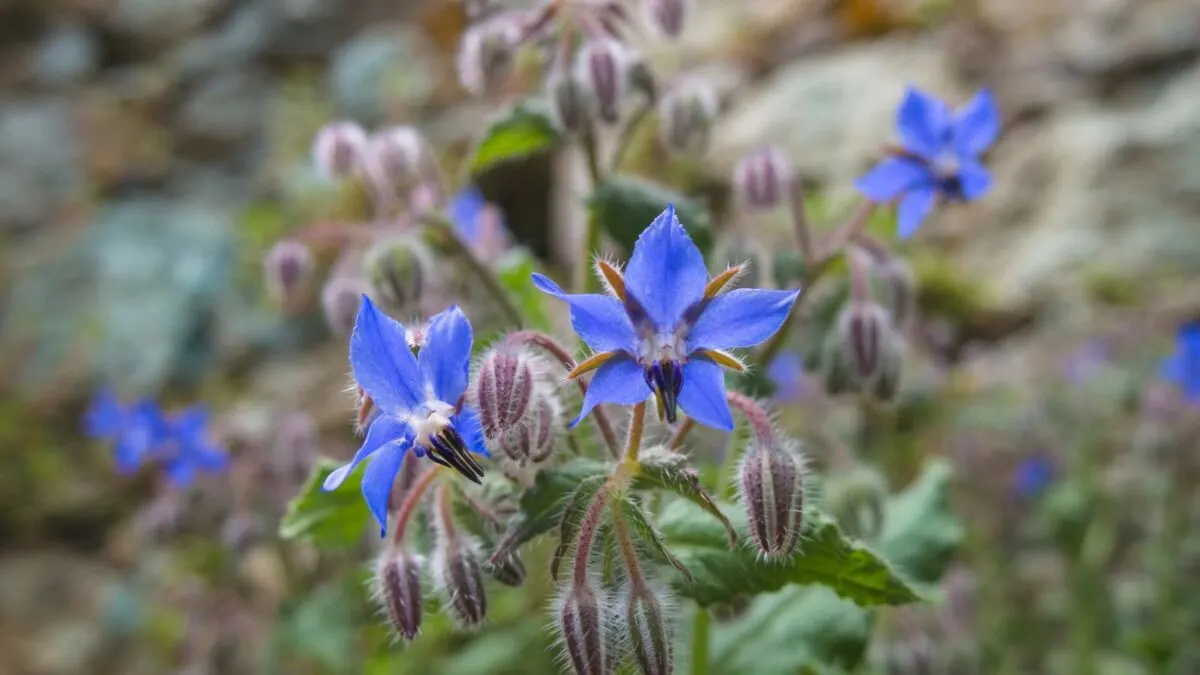
Borage flowers attract beneficial predatory insects that feed on artichoke pests; like many herbs, the plant deters pests, too. Although it is an annual, borage often self-sows, making it an excellent addition to a perennial vegetable garden. However, It prefers drier soil than artichokes, so plant borage on the edges of the artichoke bed or in a separate bed nearby.
5. Cabbage
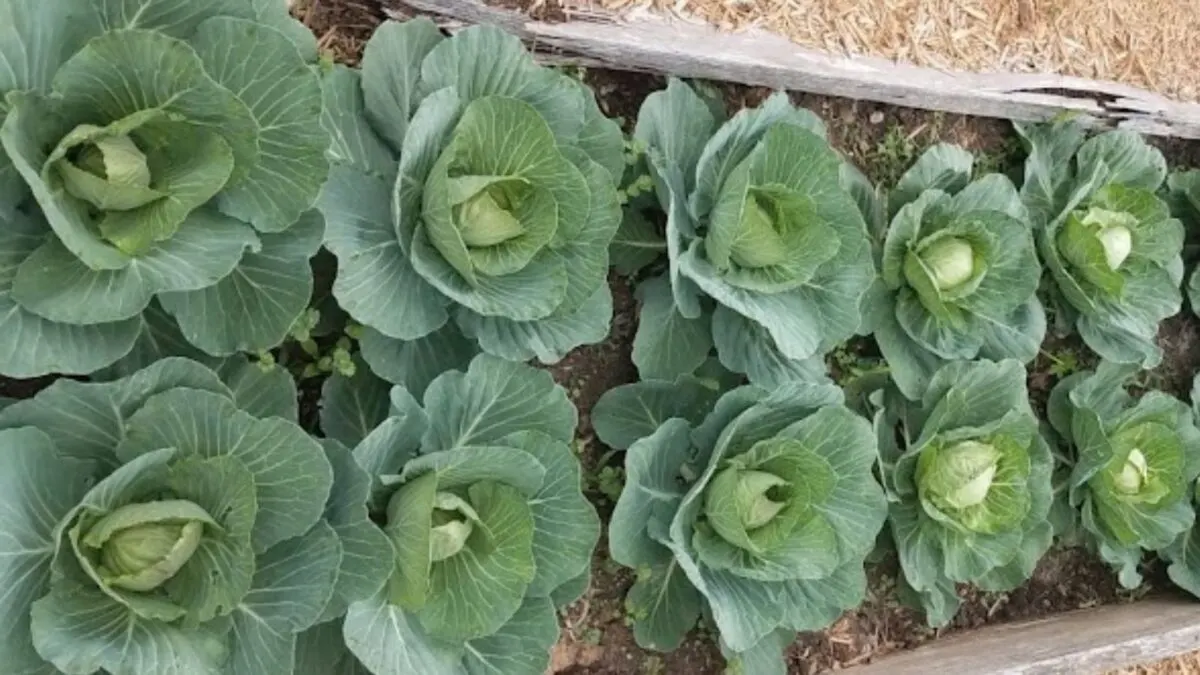
Both cabbages and artichokes like frequent watering and soils rich with nutrients. Planting them together, then, makes them easy to care for. And because cabbages and other brassica family members prefer cool weather, some afternoon shade provided by artichokes might be appreciated in the summer.
6. Marigolds
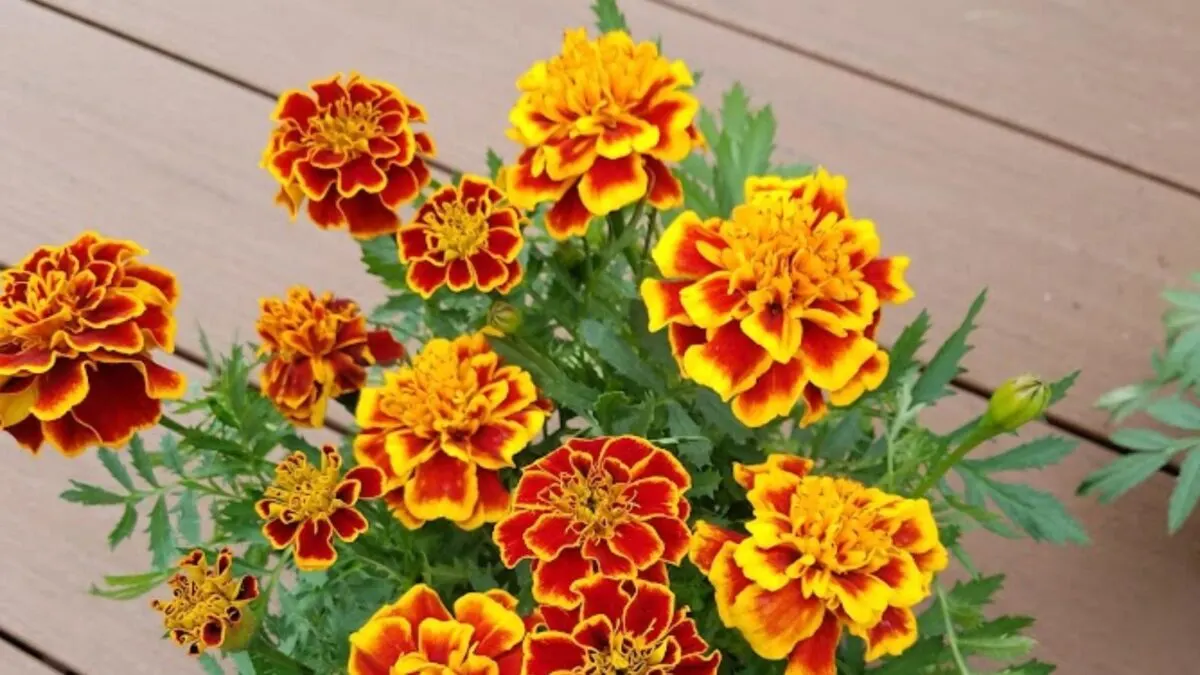
Marigolds are friends with just about everyone, and artichokes are no exception. The floral scent of marigolds repels many insect pests that damage artichokes, such as aphids and cabbage moths. Plus, their bright, cheery golden flowers add a beautiful layer of color next to artichokes.
Here’s how to plant and care for marigolds.
7. Onions
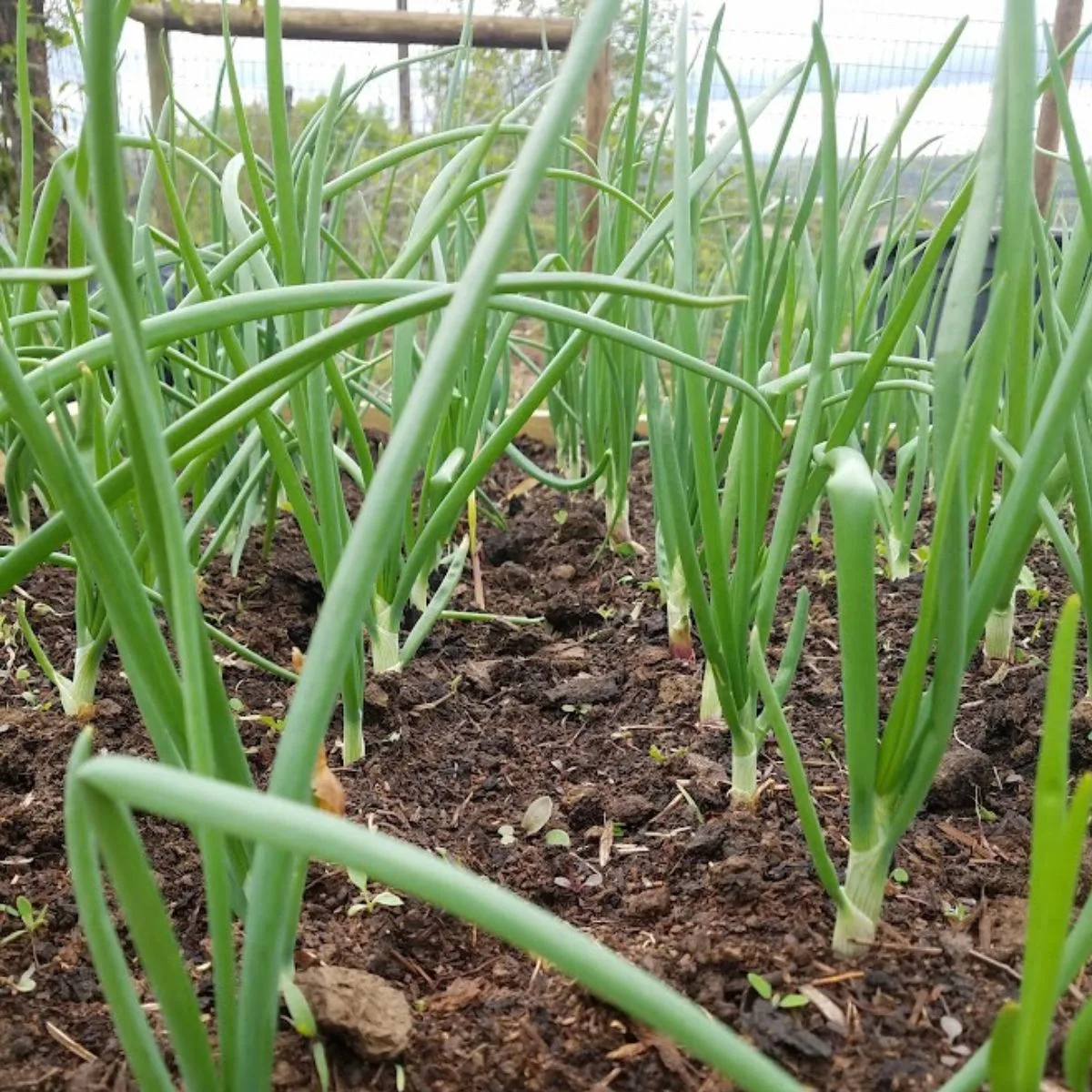
For a versatile vegetable that repels pests, try planting onions near artichokes. The pungent scent of onions deters aphids, cabbage loopers, flea beetles, and other harmful insects. Place the onions to the north of the artichokes to ensure they receive sufficient sunlight, as too little sunlight can result in smaller bulbs. Don’t plant onions near peas.
8. Peas
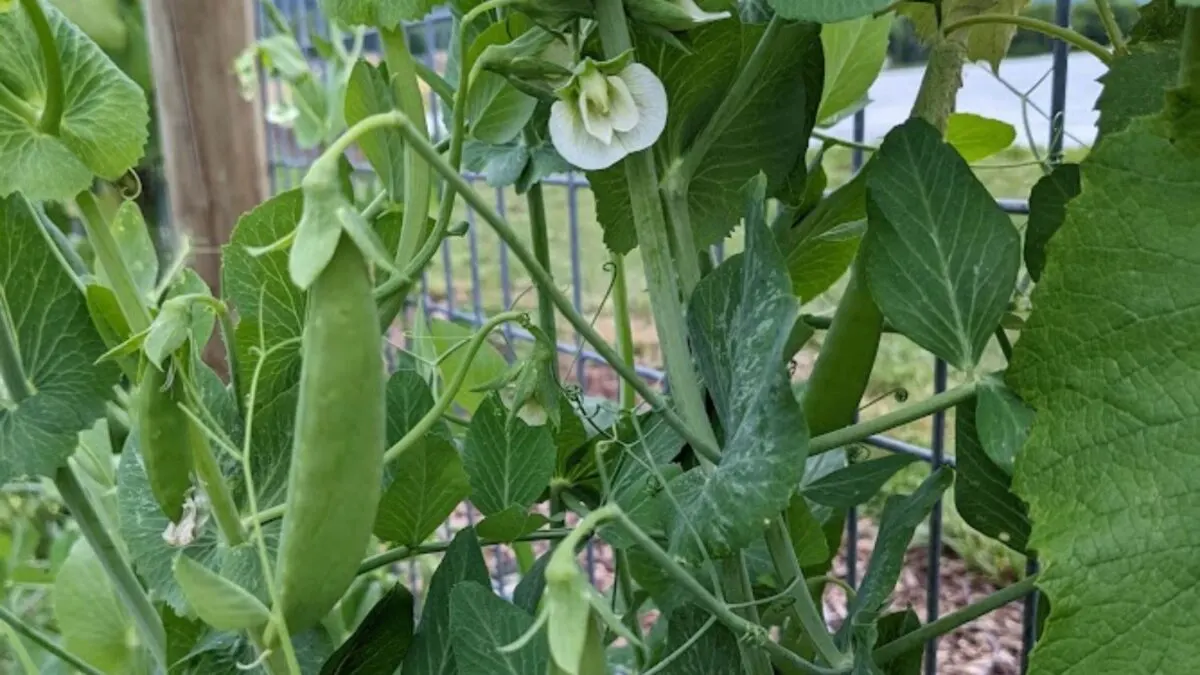
As a nitrogen fixer, peas help feed nutrient-hungry artichokes. If you grow artichokes as annuals, plant peas in the same bed to be harvested before the artichokes go into the ground. Otherwise, plant peas near perennial artichokes, providing a trellis for taller varieties or choosing a dwarf cultivar. Either way, work the spent vines into the soil to benefit the most from their nitrogen-fixing. Artichokes grown with peas can help extend their season by providing shade as the weather warms.
9. Radishes
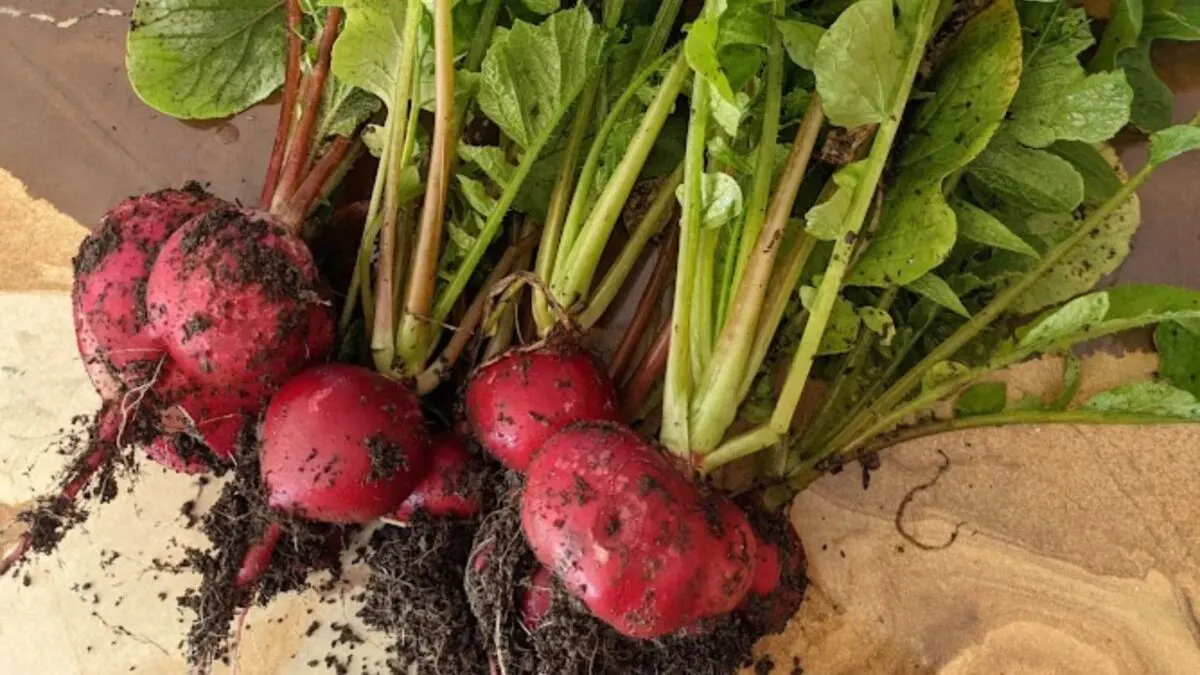
Small and quickly maturing, radishes are a great vegetable to tuck in anywhere you have a bit of spare room, including around artichokes. Plant an early spring crop of radishes close around the artichokes before the big plants fully leaf out. Or in early summer, as the heat makes radishes difficult to grow, sow them in the shade of the artichokes to keep them cooler.
10. Tarragon
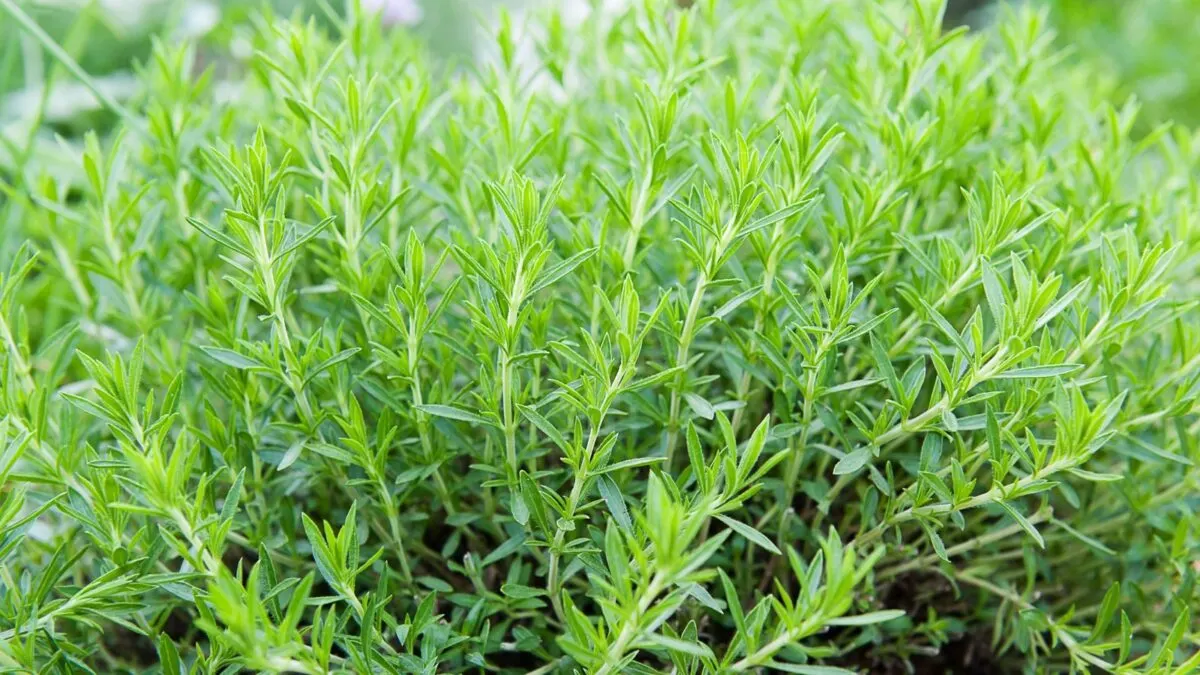
Though a lesser-known herb, tarragon offers many benefits in the garden. This licorice-flavored herb deters many insect pests while attracting beneficial insects, such as hoverflies and ladybugs. Like borage, tarragon will appreciate being planted on the edges of the artichoke bed, where it will receive less water and more sunlight.
11. Thyme
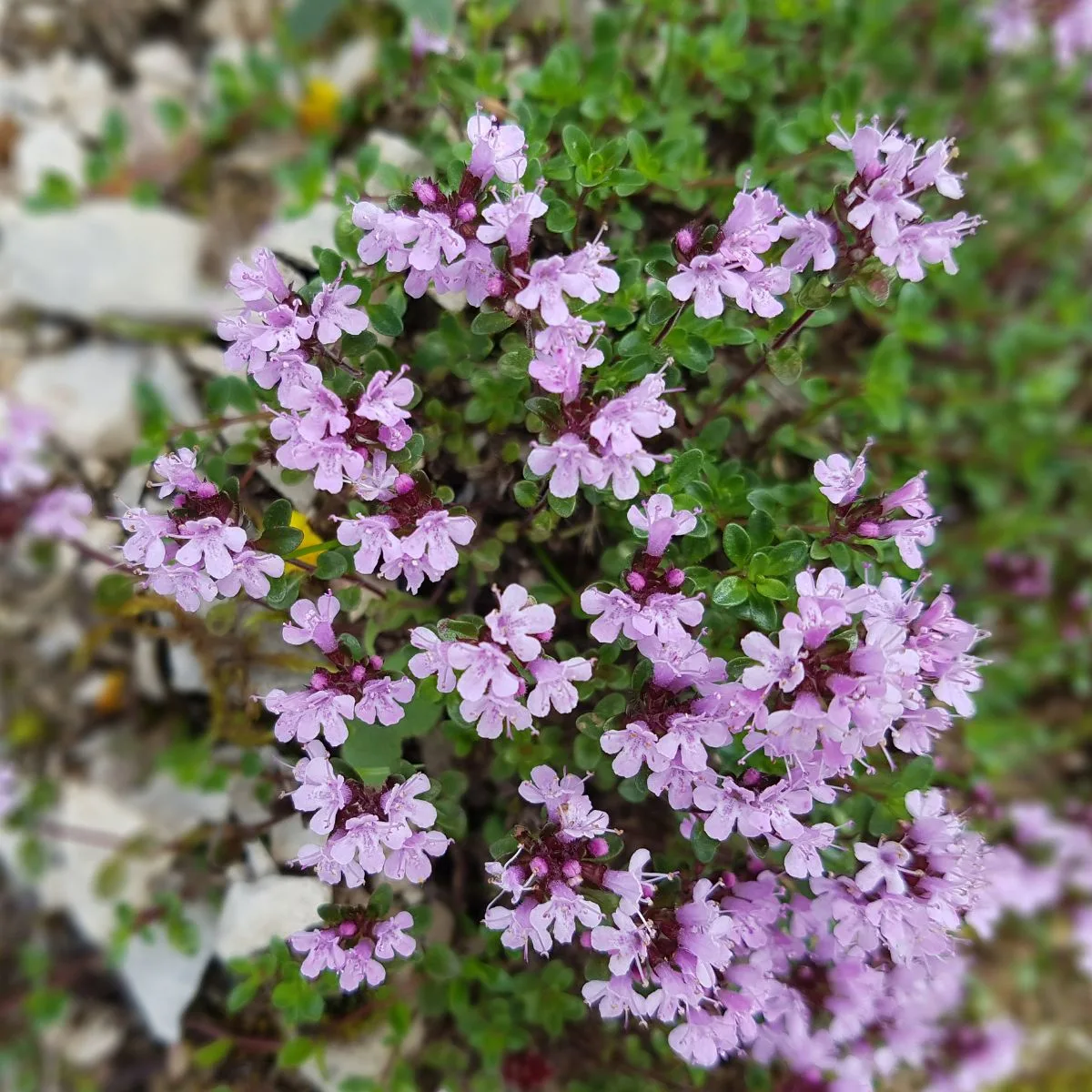
Thyme also repels common artichoke pests, like cabbage moths, cabbage loopers, and even slugs. This fragrant perennial herb serves as an excellent groundcover, too, especially if you plant creeping thyme. Again, thyme prefers drier soils than do artichokes, so plant it along the edges of the bed.
12. Yarrow

A lovely native wildflower with feathery foliage and flat-topped flower clusters, yarrow is beautiful as well as beneficial. Its white flowers attract beneficial insects like lacewings, ladybugs, and parasitic wasps. Parasitic wasps prey on plume moths, a common pest of artichokes.
Worst Companion Plants for Artichokes
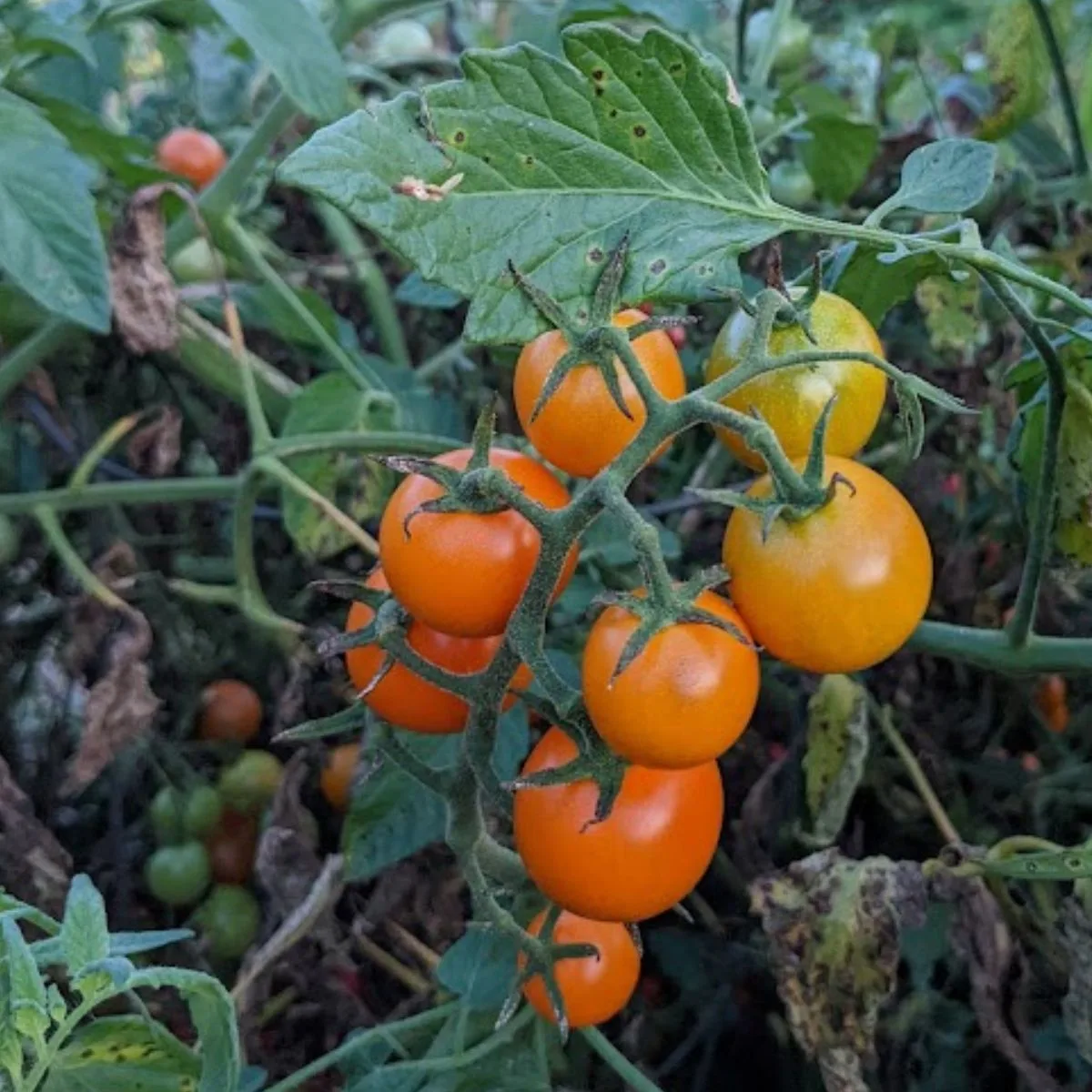
As long as they are spaced far enough apart, artichokes get along well with most other plants, especially if they share growing requirements. However, a few plants are best kept at a distance from artichokes.
Potatoes
Potatoes may compete with artichokes for water and nutrients with their deep tubers. And when it comes time to harvest the potatoes, digging them up can also disturb the artichoke roots.
Rosemary
Rosemary and many other Mediterranean herbs prefer dry and even poor soils, which is the exact opposite of the needs of artichokes. These herbs won’t cause any harm to artichokes, but they might not thrive in the shade and moist soil.
Tomatoes
Tomatoes require plenty of space, sunlight, and airflow, so crowding them near artichokes can cause problems. They also might compete for nutrients and moisture.
With ample space, sunlight, and water, artichokes will grow happily with just about any other plant. But if you have found yourself struggling to decide what to grow with your artichokes, I hope this list has given you some ideas and inspiration for a beautiful, productive perennial vegetable garden.
